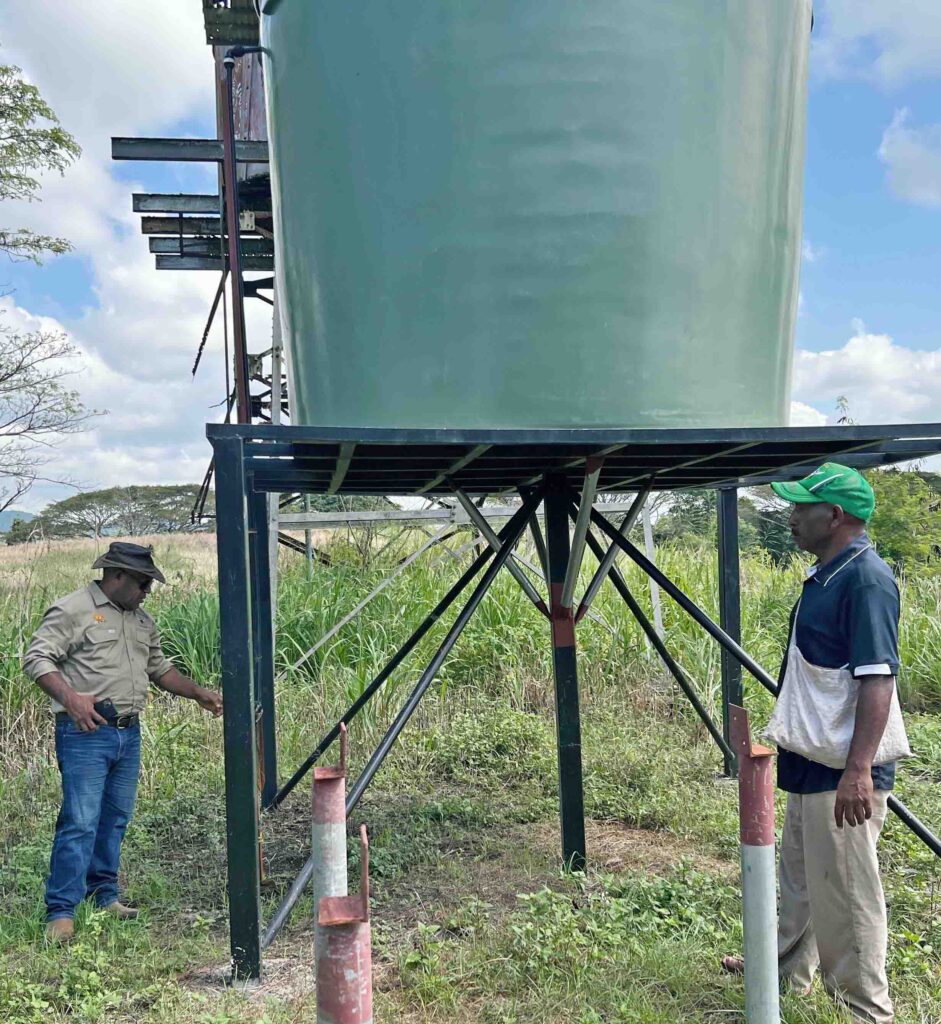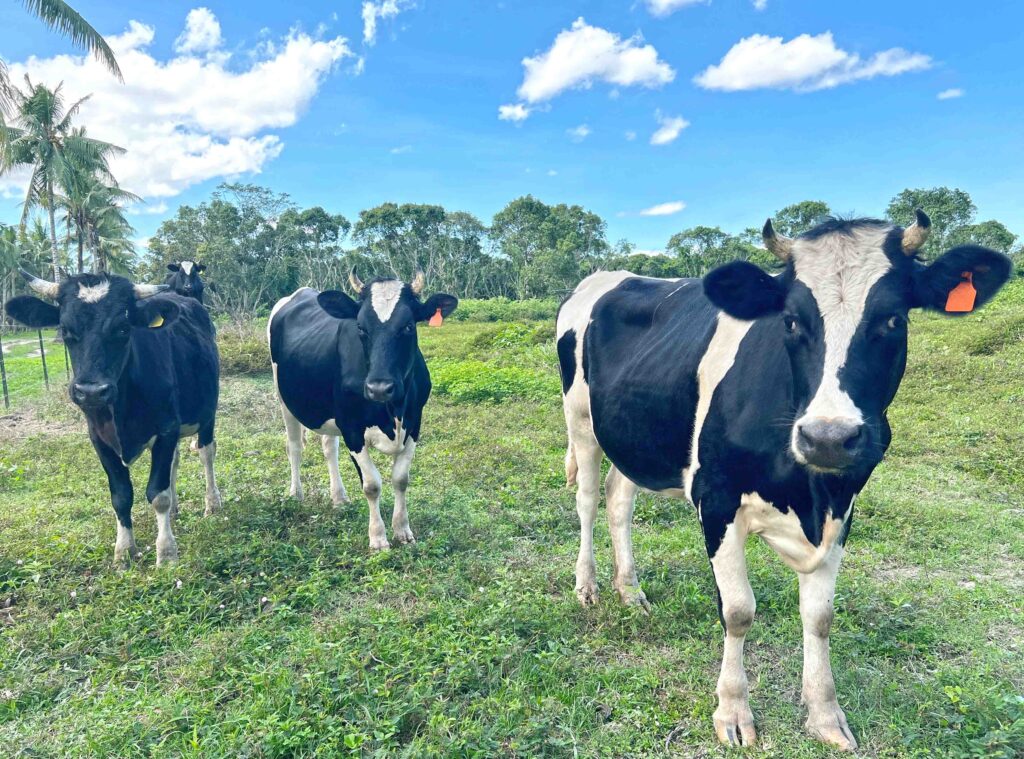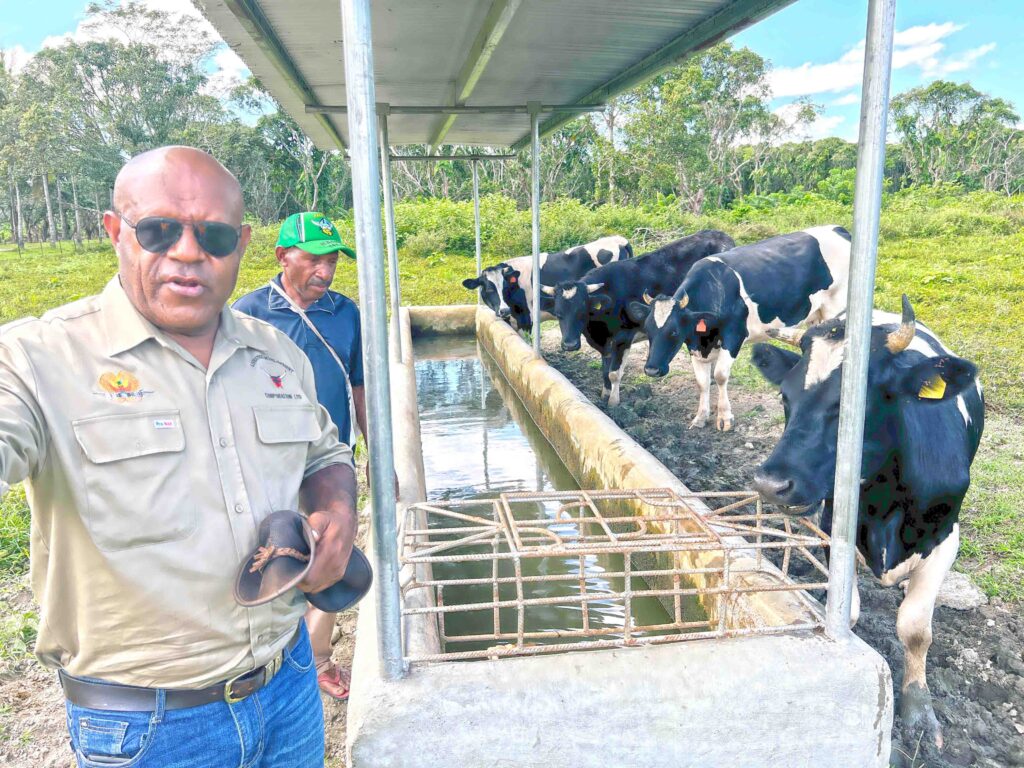By MALUM NALU
This article first appeared in The National Weekender on Friday, September 9, 2022
The livestock industry in Papua New Guinea has collapsed to such a low that people sarcastically refer to it as the “deadstock industry”.
Back in the colonial days, under the guidance of experienced Australian cattlemen and didiman (agriculture officers), there was a thriving livestock industry through the country.
Sadly, this is no more after Independence in 1975, and there are hardly any cattle and other livestock like pigs, sheep and goats where there were once hundreds.
Prime Minister James Marape has taken the bull by the horn, so to speak, with the creation of a Livestock Ministry to be headed by South Fly MP Sekie Agisa.
PM Marape, when announcing his Cabinet recently, didn’t mince his words when saying that PNG’s livestock industry must to revived urgently for import replacement as well as to be an exporter.
“Once upon a time, the Highlands Highway from Mt Hagen to Lae, was filled with cattle on the roadsides,” he recalls.
“Papua New Guinea had a thriving cattle industry, started in the colonial days, by experienced Australian cattlemen.
“Starting at Corn Farm outside Mt Hagen, to Six-Mile outside Lae, you could find thousands of cattle.
“Sadly, since Independence in 1975, PNG’s cattle numbers have dropped to an all-time low.
“Settlers moved in on State land used for cattle and abattoirs.
“The Livestock Development Corporation (LDC), following a direction from my Government, is moving to take back all State land occupied by settlers and use to rebuild PNG’s cattle industry.
“The State Land Reclamation Project was launched by former Minister for Agriculture and Livestock, John Simon, at Corn Farm at the border of Western Highlands and Jiwaka last December.
“Minister Agisa will ensure that this is continued as well as ensure that areas like his own province of Western, which has so much grassland, can be used to raise cattle with Indonesia and Australia just next door.
“He will be given the necessary Budget support to unleash the full potential of the livestock industry in our country.
“The irony is that for a country with so much grassland for raising cattle and other livestock, we continue to import meat, something that must stop.”
A case in point is the 4500-hectare Launakalana Cattle Ranch in Rigo, Central, which I visited on Sunday, August 28, 2022, after PM Marape announced his Cabinet.
Launakala was once a thriving cattle ranch, however, has deteriorated to such a stage that it was covered by bush and whatever cattle there turned feral.
It was only in 2019, after the Marape Government came into power, that Livestock Development Corporation (LDC) started work on Launakalana.
Progress has been slow, due to the onset of COVID-19 and politics of 2020, but LDC has cleaned up the bushes and has set up a solar-powered water system to supply water to cattle, the station and surrounding community.

I admired the innovativeness of the water system employed by LDC using the power of the sun.
Some dairy cattle have been brought in from the Ilimo Farm outside Port Moresby for trial at Launakalana, as the ranch awaits arrival of 300 head from Sialum in Morobe, to beef up.

A bit of research shows that Launakalana was established by Australian, Malcolm John Lewis, back in the 1960s.
Lewis served in Department of Agriculture Stock and Fisheries (DASF), Department of Primary Industry (DPI) and Central Provincial Government for a total of 36 years.
He went to PNG in 1954 with the appointment of Manager in the Division of Animal Husbandry, DASF. He was posted to Goroka Piggery in 1957 when a major upgrading programme of village pigs was undertaken.
Later, he returned to the Papuan Region, where most of his long service to agriculture and rural development was passed.
He was Manager at various times at Moitaka, Laloki and Launakalana Livestock Station, which he started from scratch. He was involved with beef and dairy cattle, vegetable production and village water supply. Many of the villages in the surrounding Rigo areas enjoyed improved water supply systems installed by John. He was a great organiser: nothing was too difficult.
He left PNG in 1990, retiring to Wooloongabba, Brisbane, and died in 1991.
Big shoes to fill, however, LDC Managing-Director Terry Koim is confident that Launakalana can be revived.

“Launakalana has gone through a lot of changes, both good and bad,” he says.
“In 2019, when I took office as (LDC) Project Manager, LDC was parked under Department of Agriculture and Livestock as its business arm.
“All of the funding for LDC came through the DAL.
“One of the first properties we reclaimed was the ranch here at Launakalana.
“This ranch is going to be used as a cattle breeding and distribution centre for Central Province and the rest of the Southern Region.
“Under an agreement signed with the Central Provincial Government, under former Governor Robert Agarobe, cattle will be brought in from Sialum in Morobe and bred here for distribution to cattle farmers in the province.
“That agreement is still in place and they have made available K200,000 to move cattle from Sialum.
“We want to see the once-thriving Launakalana come back to life and start producing cattle.
“There has been a lot of interest from Central Province cattle farmers to work with LDC in progressing this.”
Koim says PM Marape’s creation of a Livestock Minister is “a step in the right direction”
“The Prime Minister wants us to make PNG self-sufficient in meat production by 2025,” he adds.
“That’s a big challenge, but we are not taking it lying down.
“LDC has travelled the length and breadth of this country to take back all rundown cattle ranches and abbatoirs, including Launakalana, and we are on track to deliver the Government’s policy expectations.”
Koim says funding has always been a problem for LDC and hopes that this will be overcome with establishment of the Livestock Ministry.
“We have used the little money we have been given to rehabilitate five cattle ranches, four abattoirs, and hope to add more as we go along,” he adds.
“In the not-too-distant future, under the new minister, we want to make sure that all our ranches and abattoirs are fully functional.
“We want to see the ranches filled with cattle and we can supply the progenies to cattle farmers who want to go into production.
“LDC, over the next two years, will make sure that all our ranches like Launakalana are stocked up and running.”
******